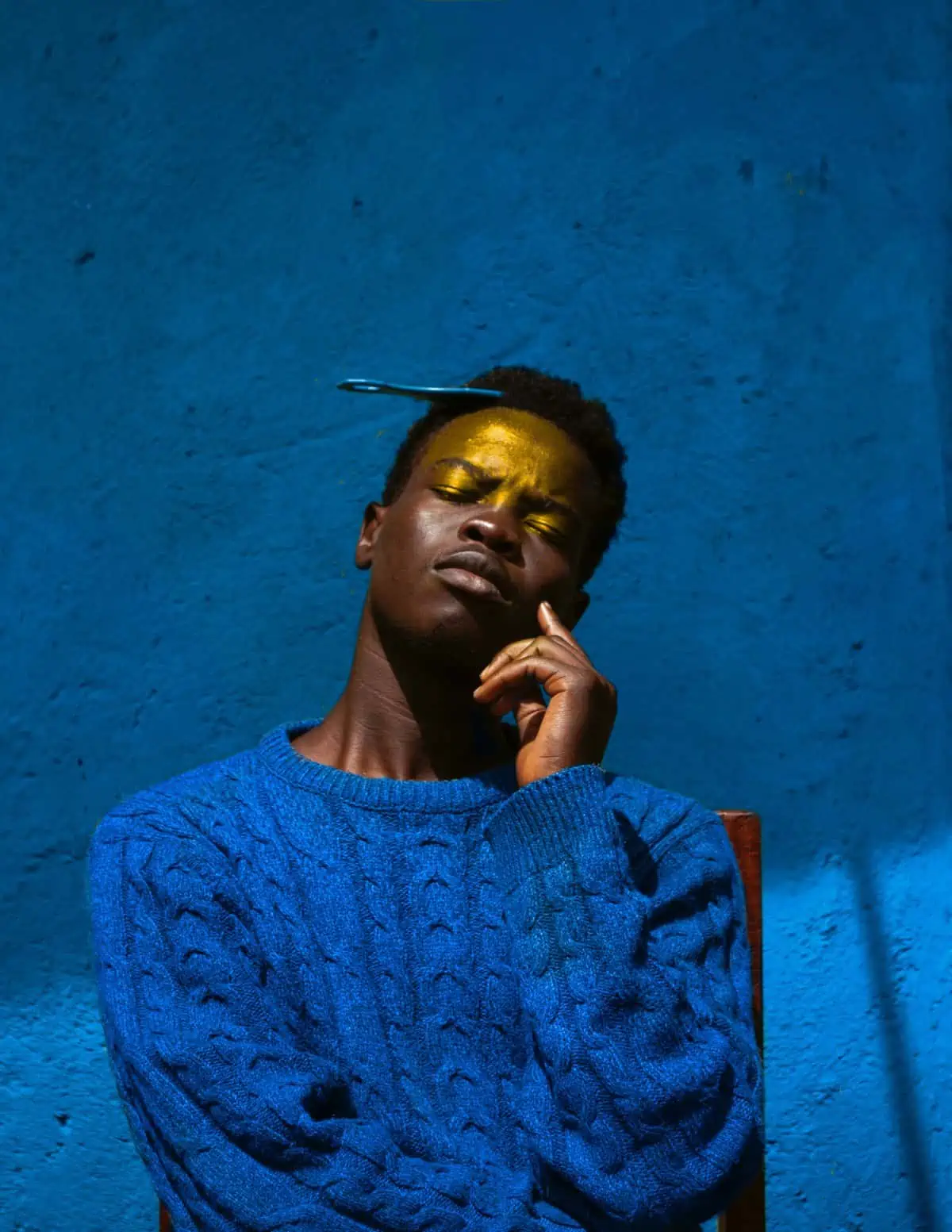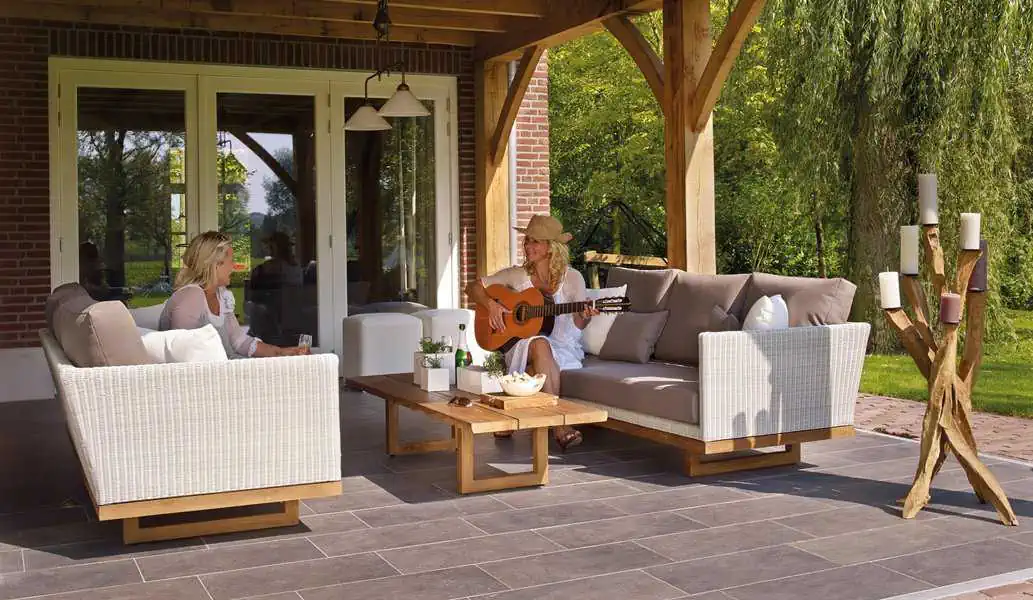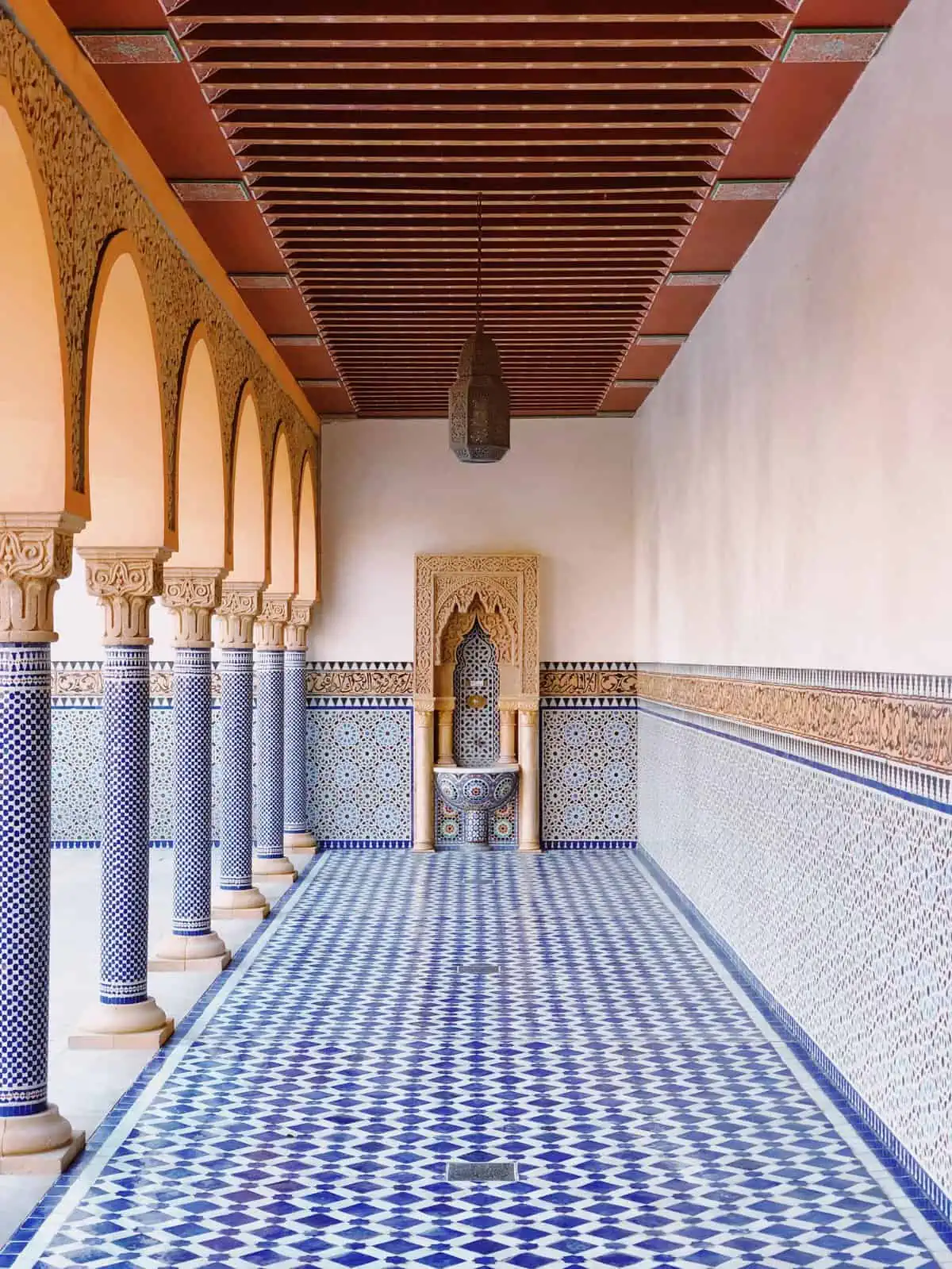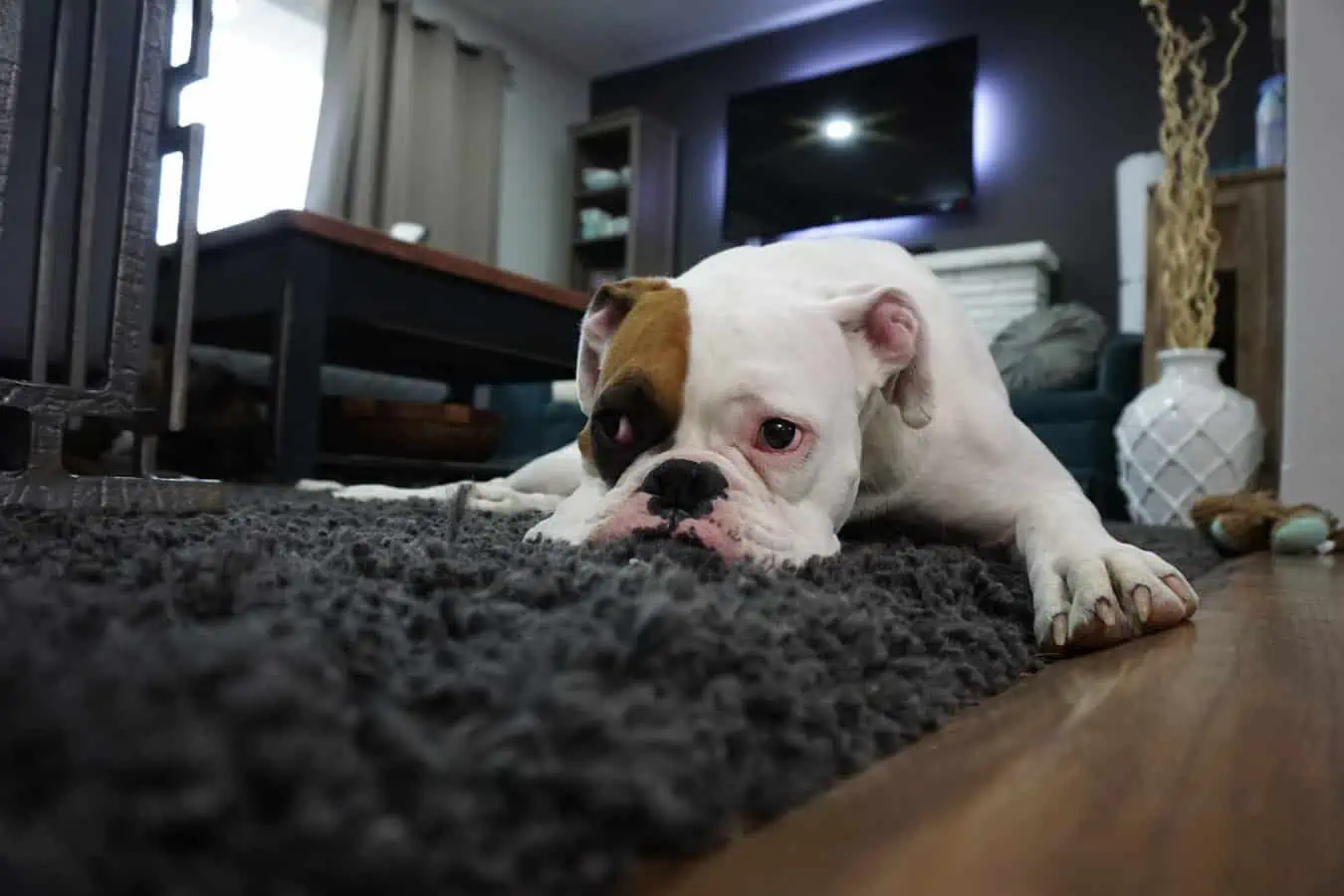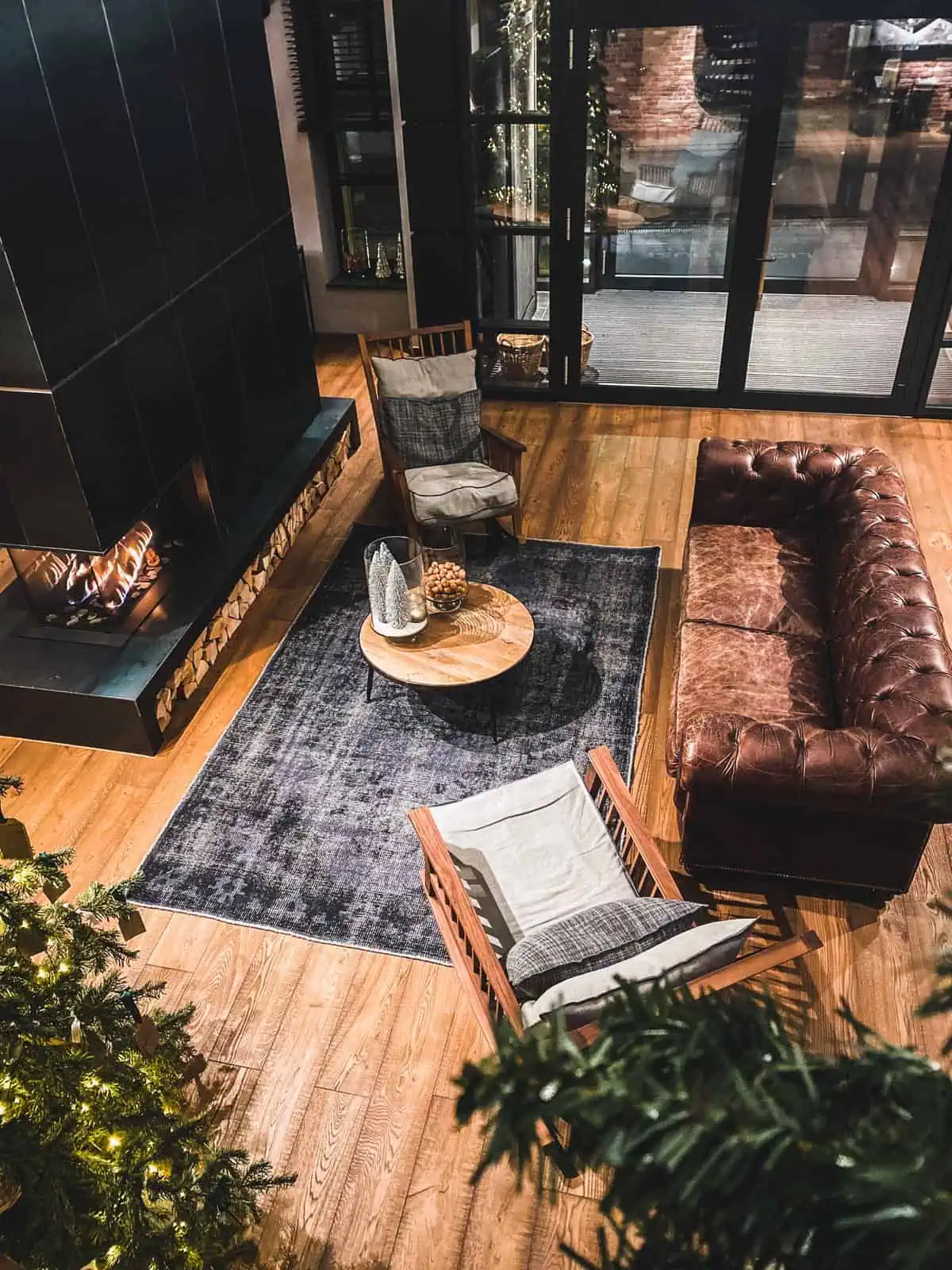Explore the top interior design trends 2025 that are set to revolutionize living spaces. From sustainable materials to smart technologies, discover how to create stylish yet functional interiors.
As we approach 2025, the world of interior design is undergoing exciting transformations. The fusion of creativity, technology, and sustainability is shaping the way we envision and design our living spaces. Let’s delve into the most captivating interior design trends 2025. From blending natural elements to embracing smart home solutions, these trends promise to redefine aesthetics and functionality. Let’s embark on a journey through the evolution of interior design, where innovation meets timelessness.
Interior Design Trends 2025
1. Biophilic Design: Embracing Nature Indoors
Incorporating nature into interior spaces is becoming more than just a trend; it’s a lifestyle. Biophilic design aims to establish a deep connection with the natural world by introducing elements like indoor plants, natural light, and organic materials. This trend not only enhances aesthetics but also promotes well-being and reduces stress.
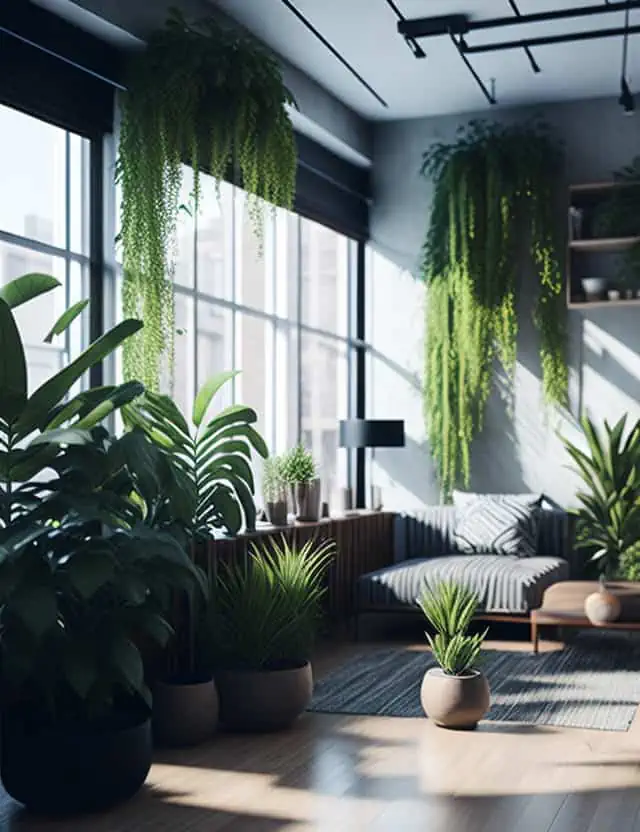
2. Adaptive and Multifunctional Furniture: Space Optimization
With urban spaces shrinking, interior design is focusing on versatility. Adaptive and multifunctional furniture pieces, such as sofa-beds, folding tables, and hidden storage solutions, are taking centre stage. These pieces cater to the modern need for space optimization without compromising on style.

3. Tech-Integrated Interiors: Smart Living
Smart technologies are revolutionizing how we interact with our homes. From voice-activated assistants to automated lighting and climate control, tech-integrated interiors are enhancing convenience and efficiency. The marriage of aesthetics with functionality is creating spaces that respond intelligently to our needs.
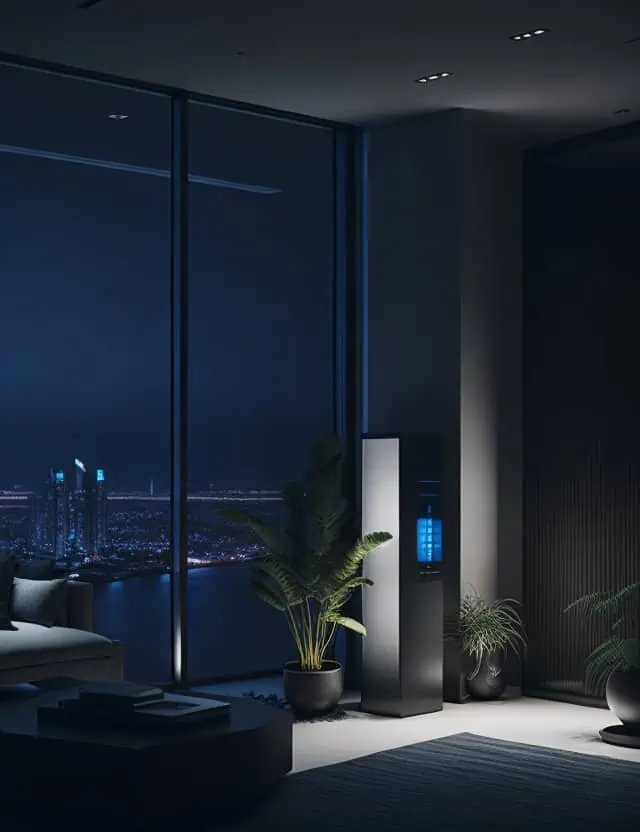
4. Sustainable Chic: Eco-Friendly Choices
In 2025, sustainability isn’t just an option; it’s a must. Interior design is shifting towards eco-friendly materials like reclaimed wood, recycled metals, and energy-efficient appliances. Creating stylish spaces while minimizing environmental impact is at the heart of this trend.
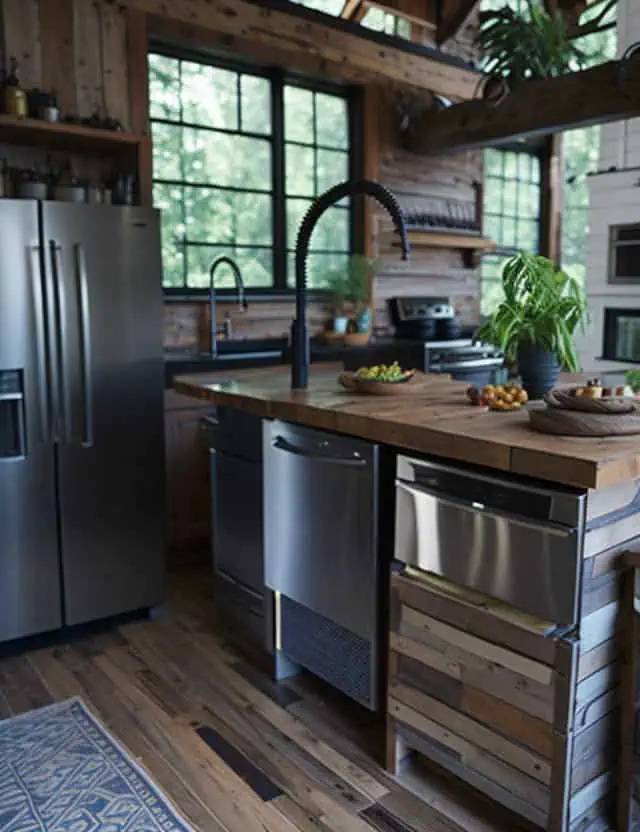
5. Color Palettes Inspired by Nature: Harmonious Hues
Natural landscapes are inspiring interior color palettes. Earthy tones, serene blues, and vibrant greens are finding their way onto walls, furniture, and décor items. These hues create a sense of tranquility and connection to the great outdoors.
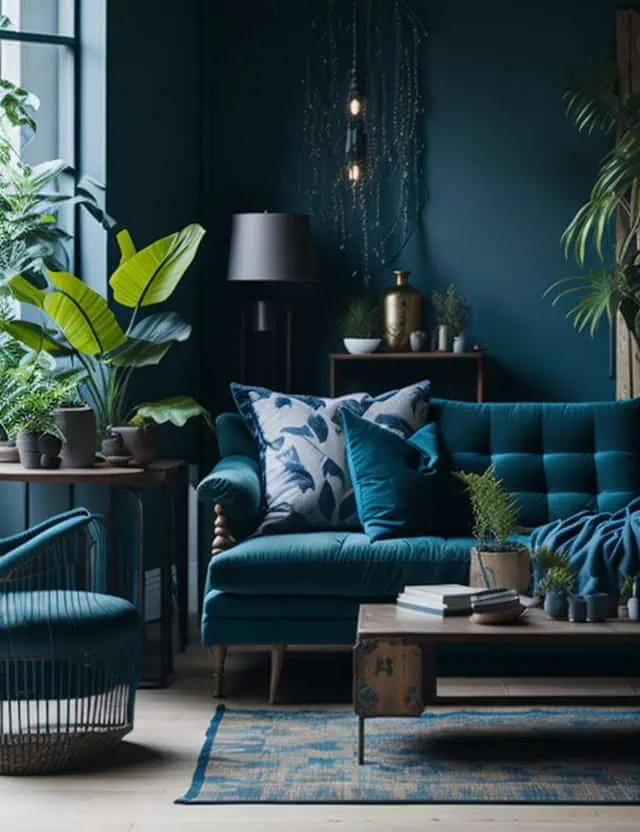
6. Timeless Vintage: Nostalgia Reimagined
Vintage elements are making a comeback with a modern twist. Think classic furniture pieces blended with contemporary aesthetics. This trend adds a touch of nostalgia while maintaining a fresh and updated look.
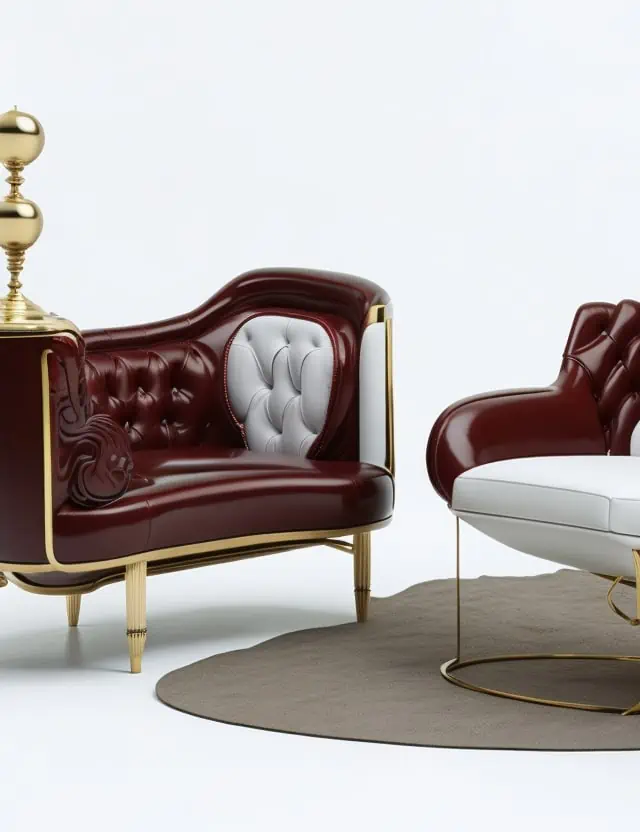
7. Maximalism: Bold and Expressive
Breaking free from minimalism, maximalism encourages a fearless use of colors, patterns, and textures. It’s about embracing extravagance and creating spaces that captivate the eye and stimulate the senses.
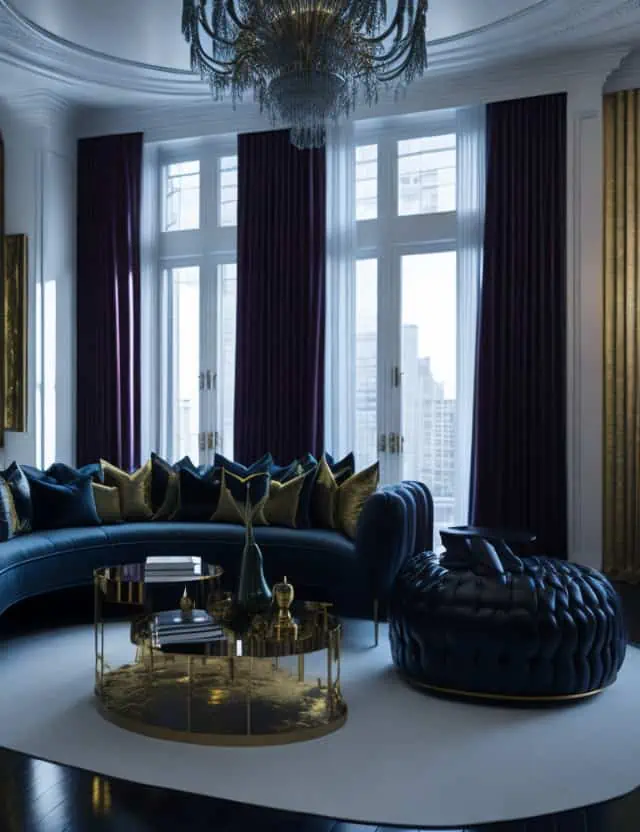
8. Cultural Fusion: Global Aesthetics
Cultural influences from around the world are converging to create unique interiors. Mixing and matching diverse décor, textiles, and art pieces celebrate global cultures and tell stories within the spaces we inhabit.
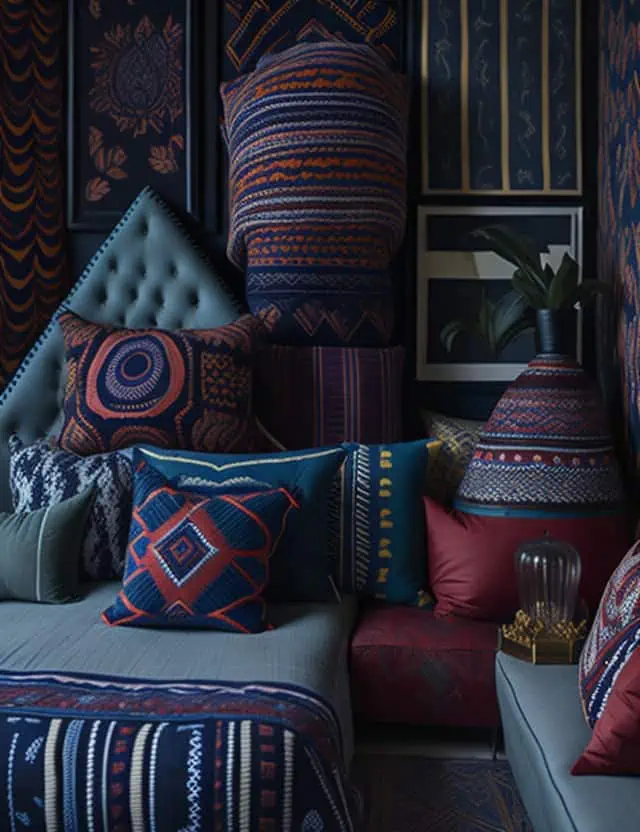
9. Tranquil Retreats: Zen-inspired Spaces
Creating havens of tranquility within our homes is gaining importance. Zen-inspired interiors emphasize simplicity, balance, and a sense of calm. Uncluttered spaces, natural materials, and soothing color schemes contribute to these serene retreats.
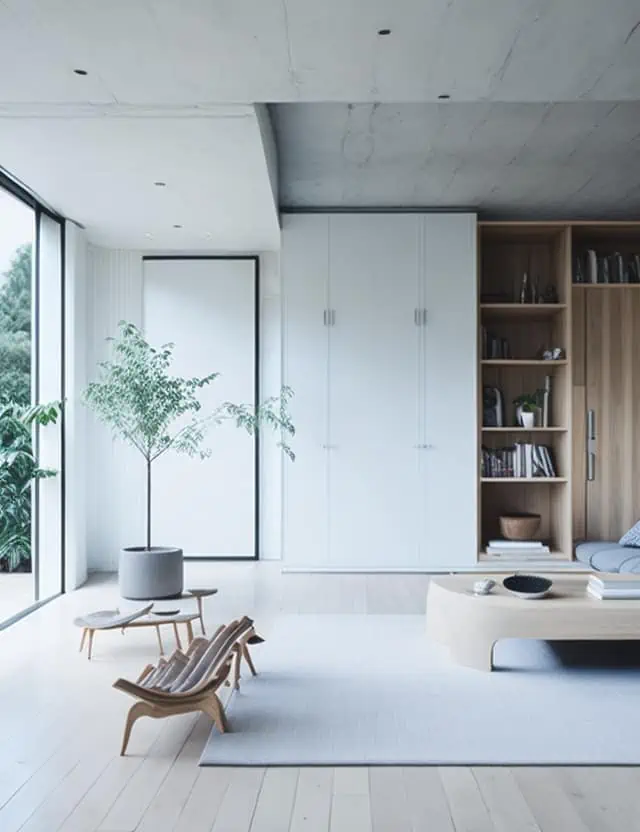
10. Artisanal Craftsmanship: Handmade Excellence
The appreciation for artisanal craftsmanship is redefining luxury. Handmade furniture, textiles, and décor items bring a sense of authenticity and uniqueness to interiors. This trend celebrates the beauty of imperfections.

11. Fluid and Organic Shapes: Curves and Flow
Angular lines are giving way to soft curves and organic shapes. From furniture to architectural elements, fluid designs evoke a sense of movement and harmony, creating spaces that feel alive and dynamic.

12. Retro Futurism: A Nod to the Past, a Glimpse of the Future
Retro futurism combines elements from the past and futuristic visions. It’s about blending mid-century modern aesthetics with futuristic materials and concepts, resulting in interiors that are both nostalgic and forward-looking.

13. Multisensory Design: Engaging the Senses
Designing for the senses involves creating experiences that go beyond visuals. Incorporating tactile textures, ambient lighting, soothing sounds, and even pleasant scents contributes to immersive and memorable interiors.
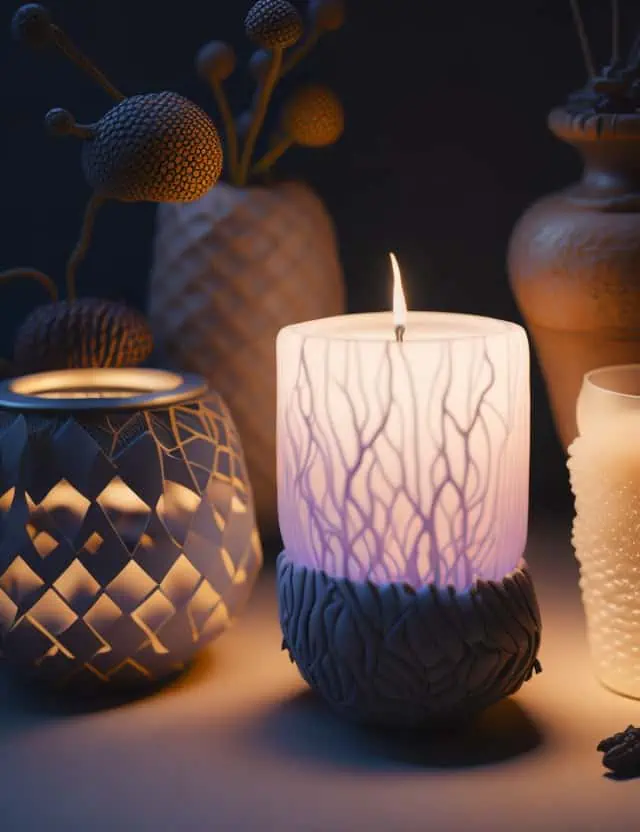
14. Statement Ceilings: Fifth Wall Elegance
Statement ceilings are turning the spotlight upwards. Intricate designs, bold colors, and unique textures on ceilings add depth and character to rooms, making them more captivating and visually engaging.
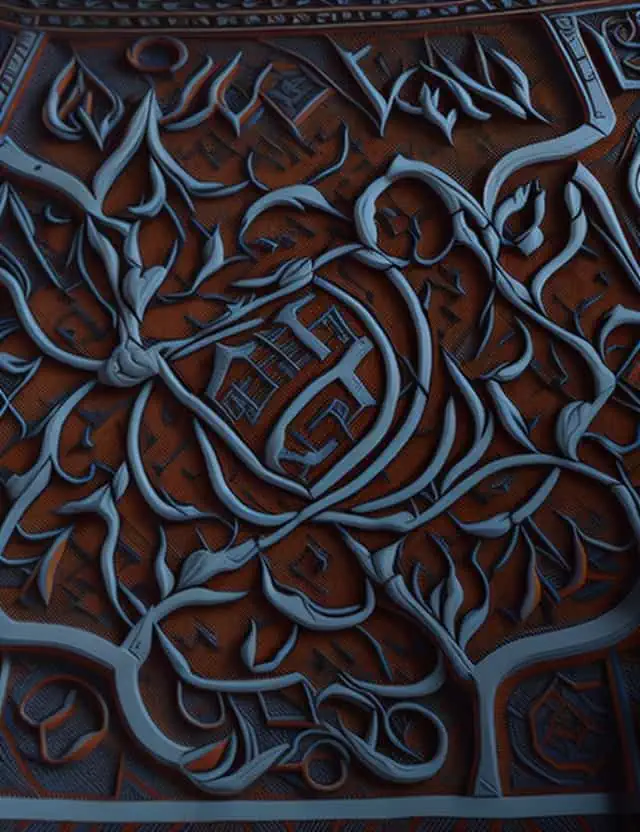
15. Earthy Luxury: Comfort and Opulence
Luxury is taking on a more down-to-earth approach. Earthy luxury combines sumptuous comfort with natural materials, creating interiors that exude opulence while maintaining a warm and inviting atmosphere.
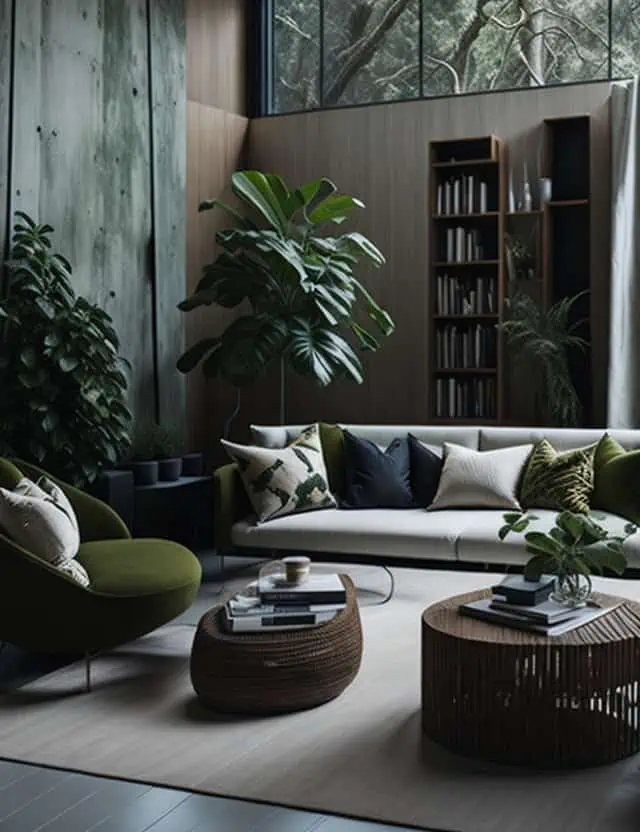
16. Personalized Sanctuaries: Reflection of Self
Interior design is becoming deeply personal, reflecting the unique identities and stories of homeowners. Personalized décor, family heirlooms, and cherished mementoes are seamlessly integrated into spaces.
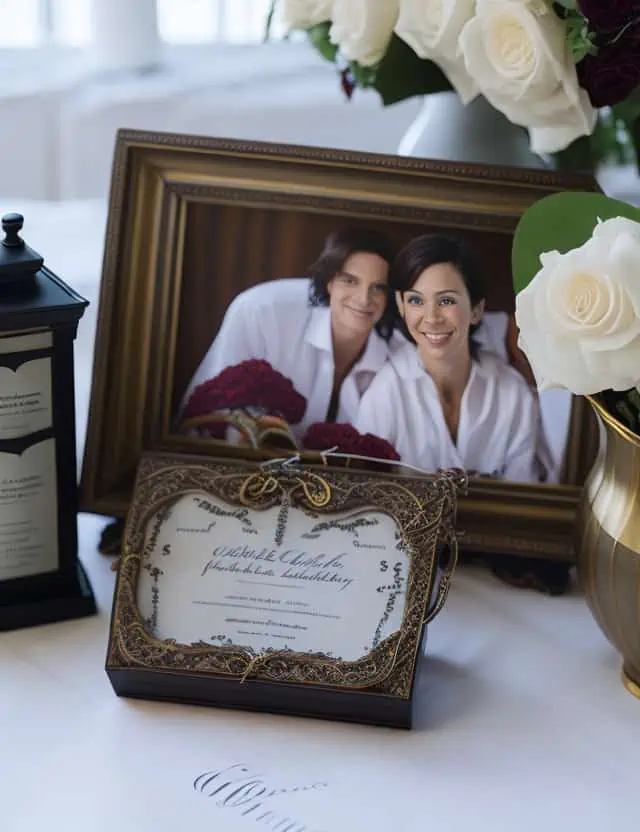
17. Playful Kids’ Spaces: Imaginative Designs
Kids’ rooms are evolving into imaginative wonderlands. Interactive furniture, vibrant colors, and creative storage solutions encourage exploration, learning, and playfulness.
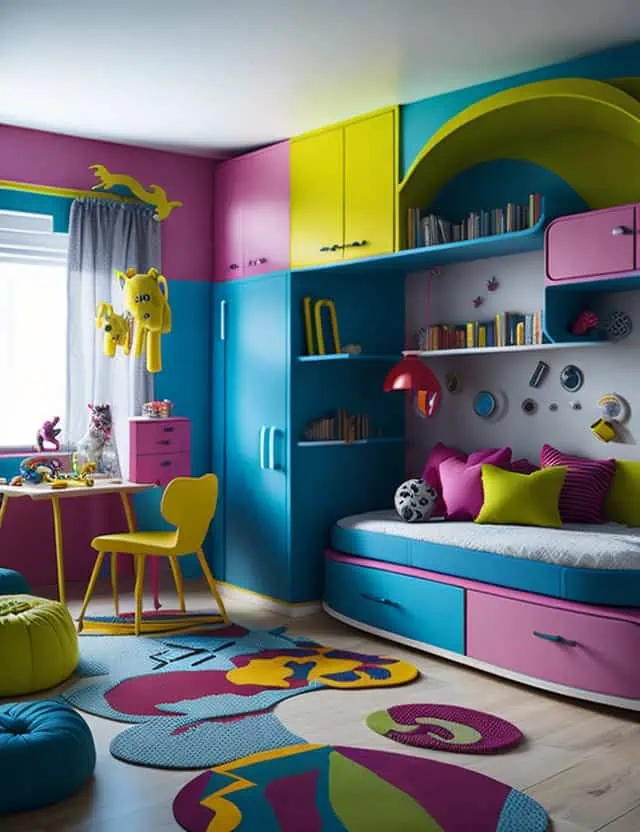
18. Dark and Dramatic: The Power of Darkness
Dark colors and moody palettes are making a daring statement. Contrary to conventional wisdom, dark interiors can feel cosy, sophisticated, and surprisingly inviting when executed thoughtfully.
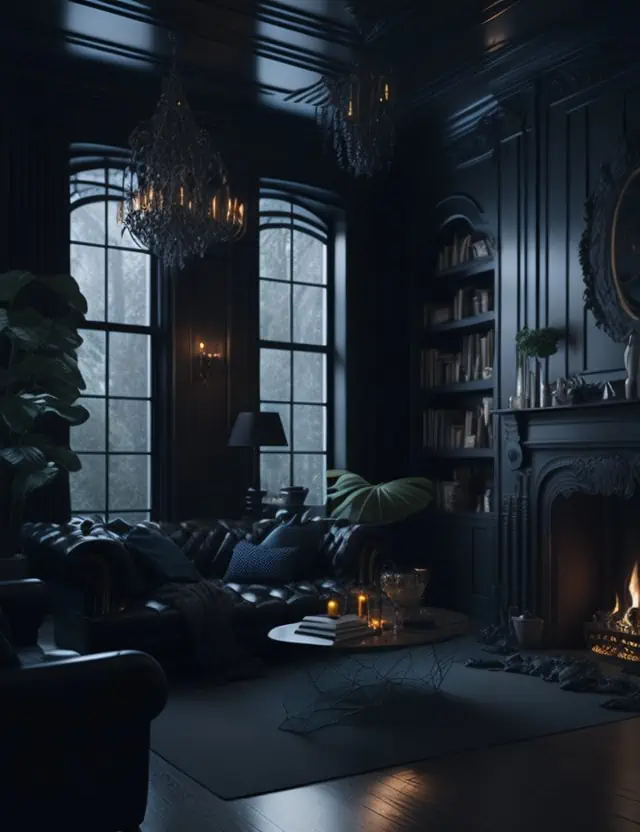
19. Mixed Material Finishes: Texture Medley
Interiors are embracing the beauty of diversity by mixing various textures and finishes. Combining materials like metal, wood, glass, and fabric adds depth and visual interest to rooms.
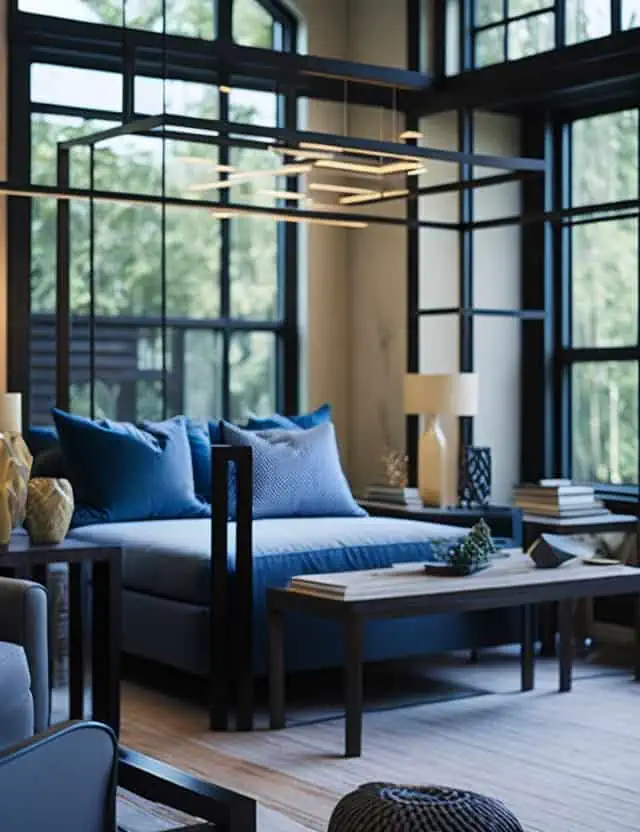
20. Home Offices Reimagined: Work-Life Integration
The concept of the home office is being redefined. Designated workspaces now seamlessly blend into living areas, promoting work-life integration. Ergonomic furniture and smart storage cater to both professional and personal needs.
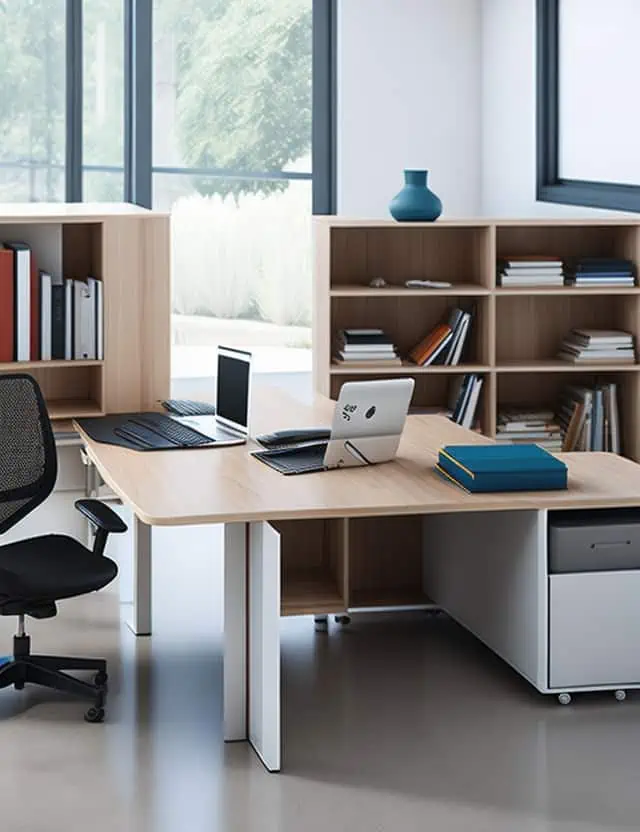
21. Indoor-Outdoor Fusion: Boundaries Blurred
The line between indoor and outdoor spaces is fading. Bi-fold doors, expansive windows, and outdoor-inspired décor create a harmonious flow, allowing nature to become an integral part of interior design.
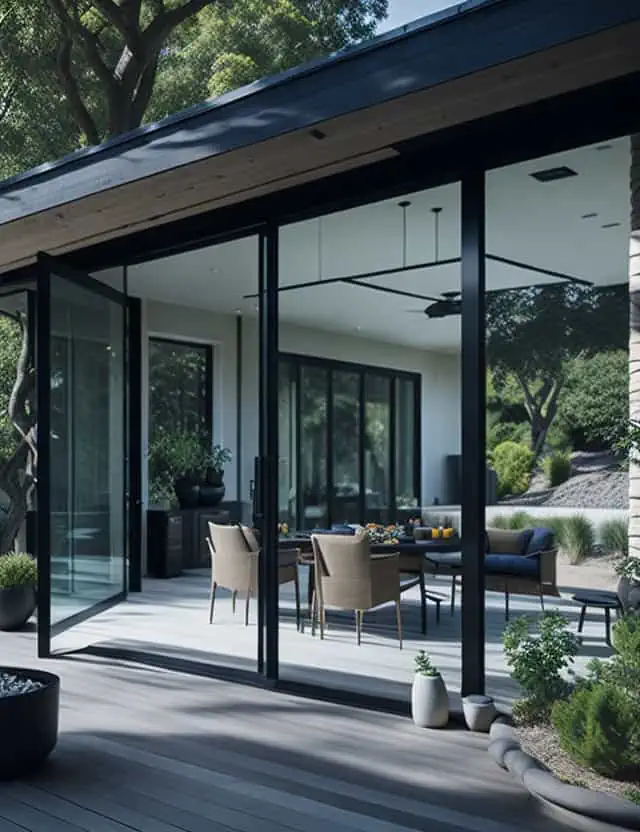
22. Wellness Corners: Mindful Living
Dedicated wellness corners are gaining prominence. Meditation nooks, exercise zones, and relaxation spaces encourage mindfulness and self-care within the comfort of one’s home.
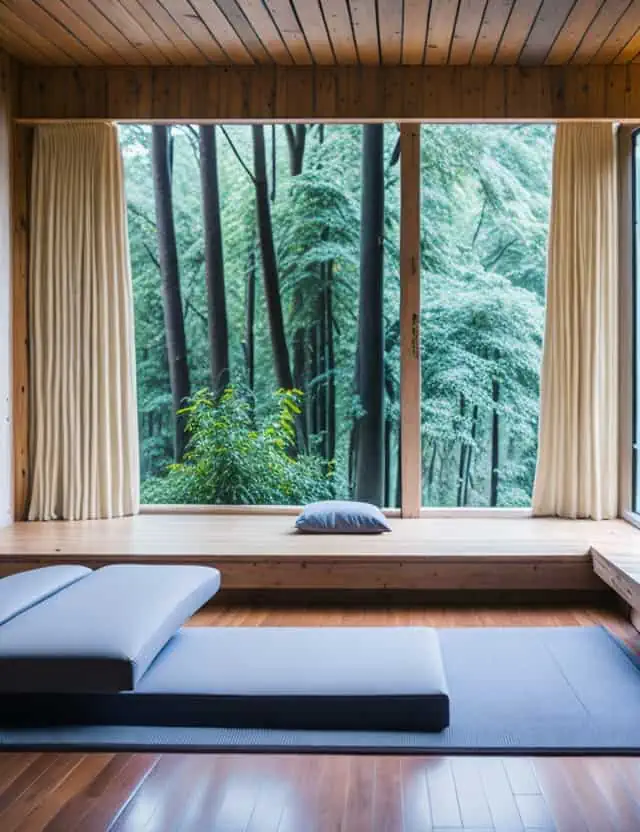
23. Jewel Tones: Rich and Vibrant
Jewel tones are adding a touch of luxury to interiors. Deep emeralds, sapphire blues, and ruby reds infuse spaces with richness and glamour, elevating the overall aesthetic.
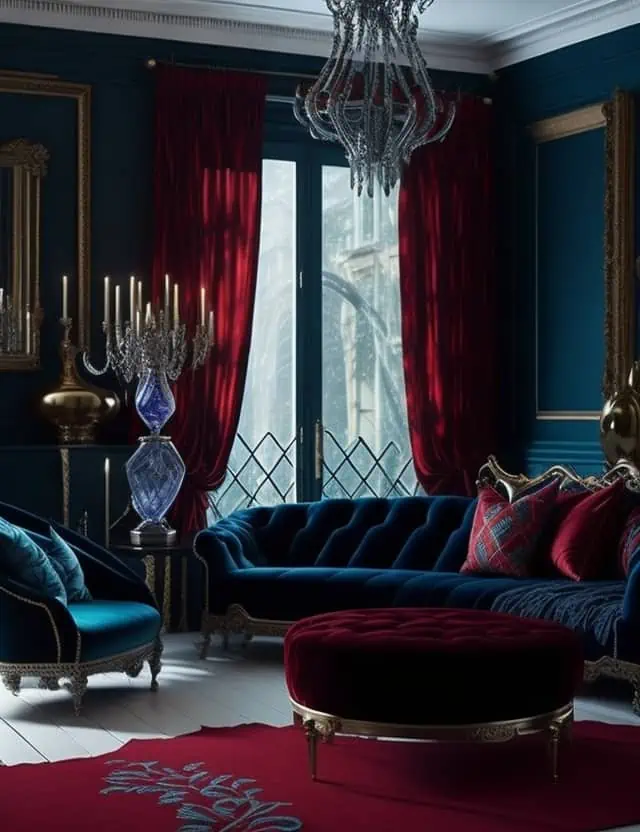
24. Virtual Reality Design: Designing in Digital Space
Virtual reality is revolutionizing the design process. Homeowners can now virtually walk through and experience their spaces before implementation, allowing for informed decisions and personalized adjustments.
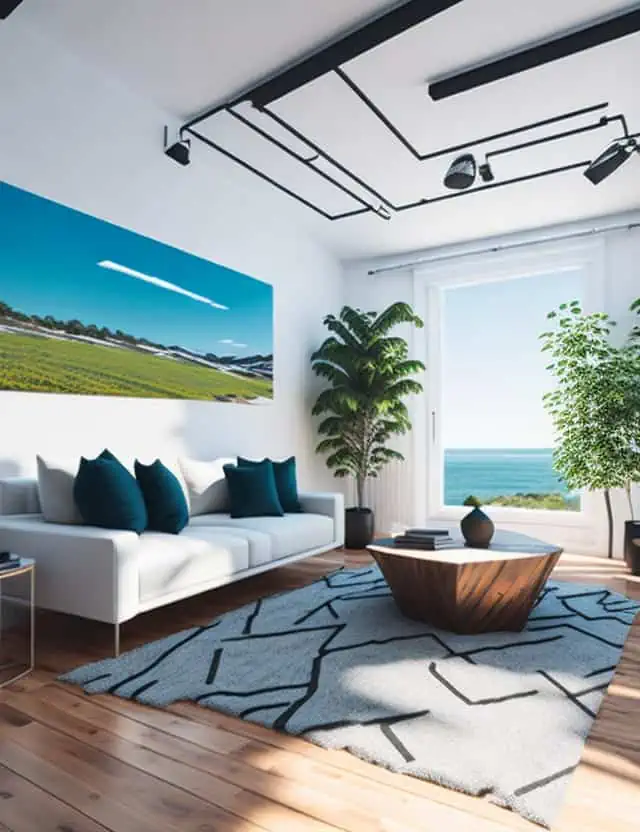
25. Upcycled Décor: Creativity in Sustainability
Upcycled décor promotes resourcefulness and creativity. Repurposing and transforming existing items into new décor pieces not only reduce waste but also adds a unique and eclectic charm to interiors.
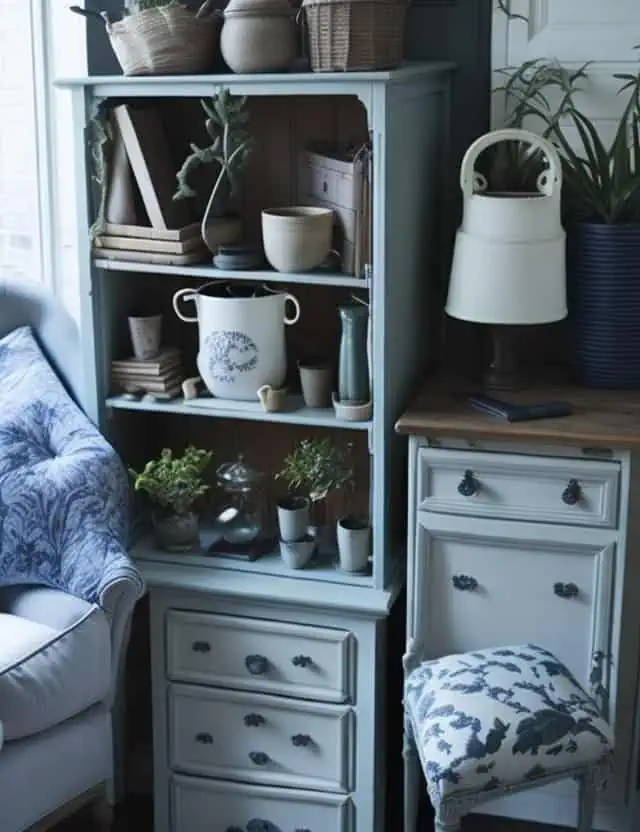
Unique interior design trends 2025
Please note that these are speculative interior design trends 2025 and might not accurately represent the actual trends in 2025.
26. Nano Living Spaces
As urban areas become more crowded, compact living spaces are gaining popularity. Designers are focusing on innovative ways to maximize small spaces, utilizing smart furniture, foldable elements, and creative storage solutions.
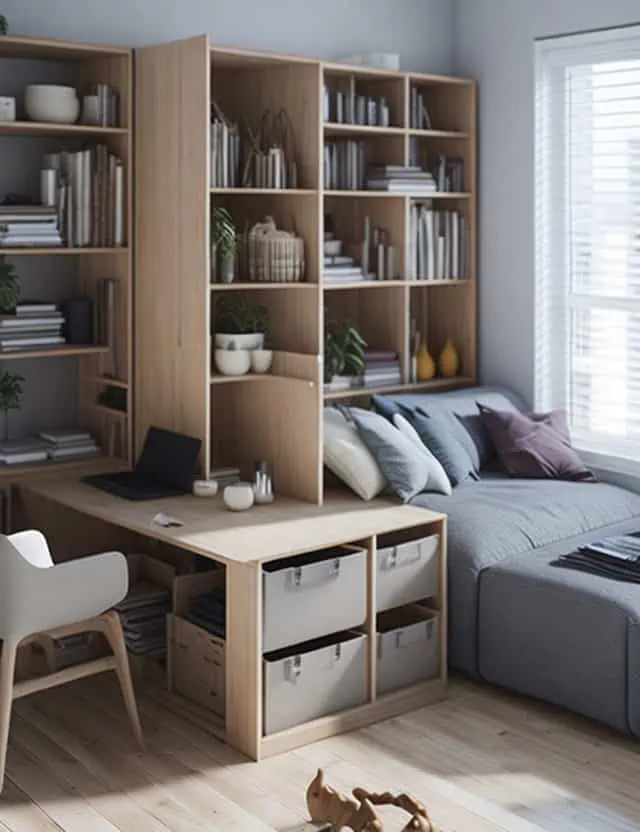
27. Immersive Virtual Interiors
With advancements in virtual reality (VR) and augmented reality (AR), interior designers might offer clients the chance to “walk through” their spaces before any physical changes are made. This allows for a more immersive and accurate preview of the design.
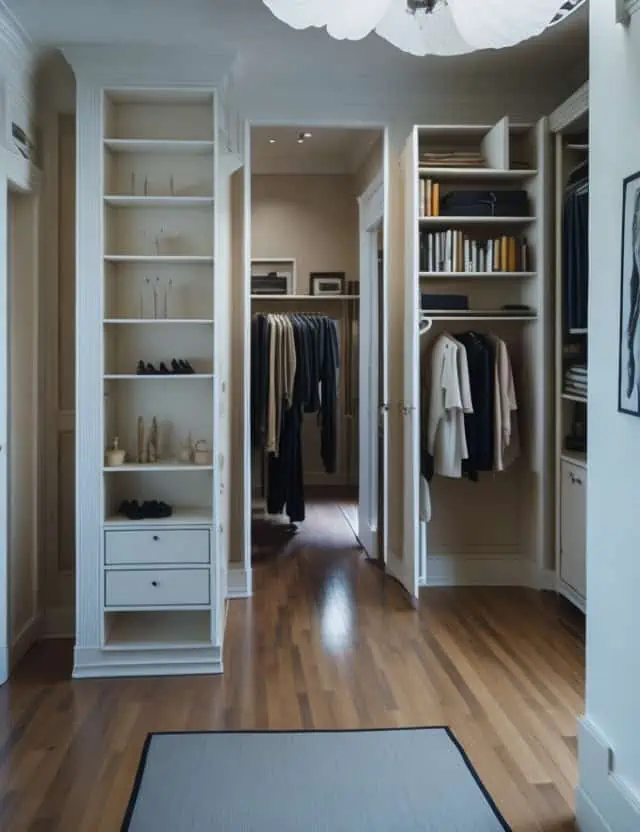
28. Tech Integration for Aesthetics
Technology won’t just be functional; it will be an integral part of the design itself. LED lighting integrated into furniture, interactive digital art installations, and tech-inspired décor could be at the forefront.

29. Transitional Nature Indoors
Bringing outdoor elements indoors with a unique twist could become popular. Imagine walls adorned with vertical gardens, ceilings mimicking the sky, and features like indoor waterfalls or rock formations.
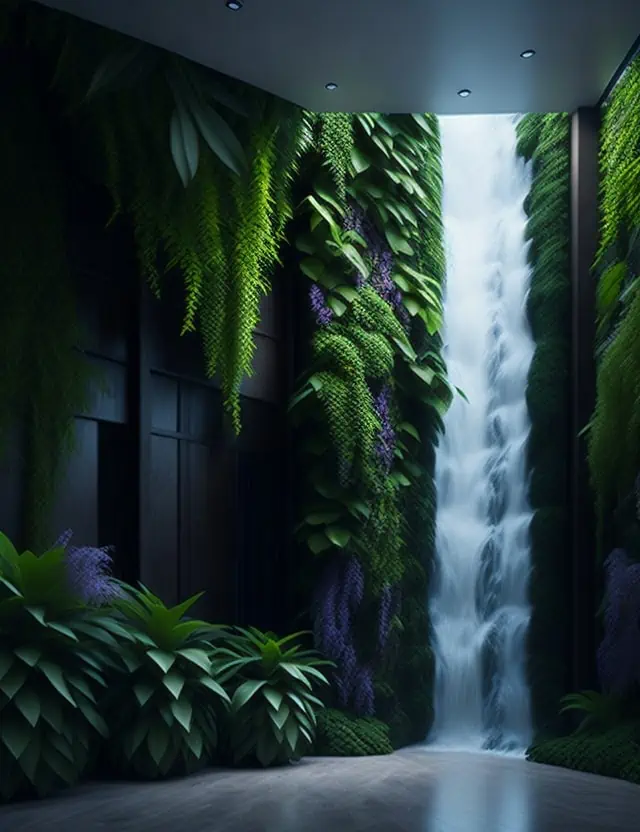
30. Nostalgic Futurism
A fusion of retro aesthetics with futuristic elements might emerge. Spaces could feature a blend of vintage décor and colors alongside sleek, modern designs, creating an intriguing contrast.

31. Biometric Décor
Interior elements could be designed to respond to occupants’ biometrics, such as changing colors based on mood or adjusting furniture based on comfort levels.
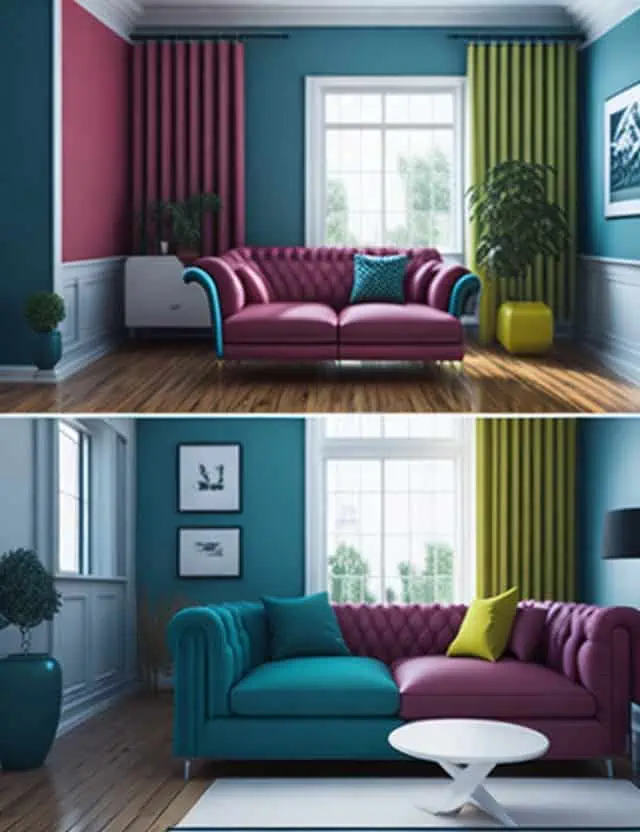
32. Cultural Algorithmic Designs
Design software could incorporate algorithms that take inspiration from different cultures’ design principles, resulting in a fusion of diverse artistic elements.
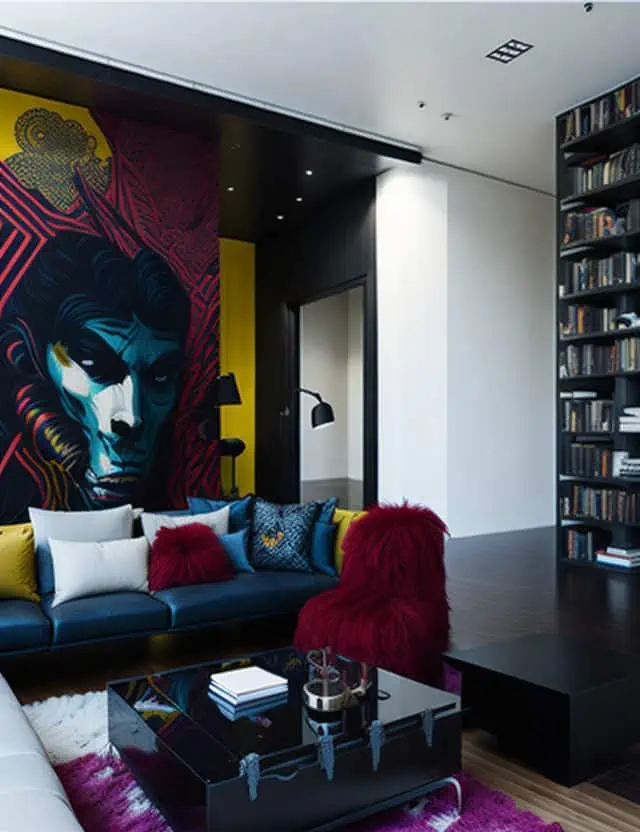
33. Kinetic Sculptures
Rooms could feature kinetic sculptures that move and change shape, adding an element of dynamic art to the interior.

34. Holographic Accents
Holographic materials might be used to create captivating visual effects, from holographic wallpapers to furniture with shifting colors and patterns.
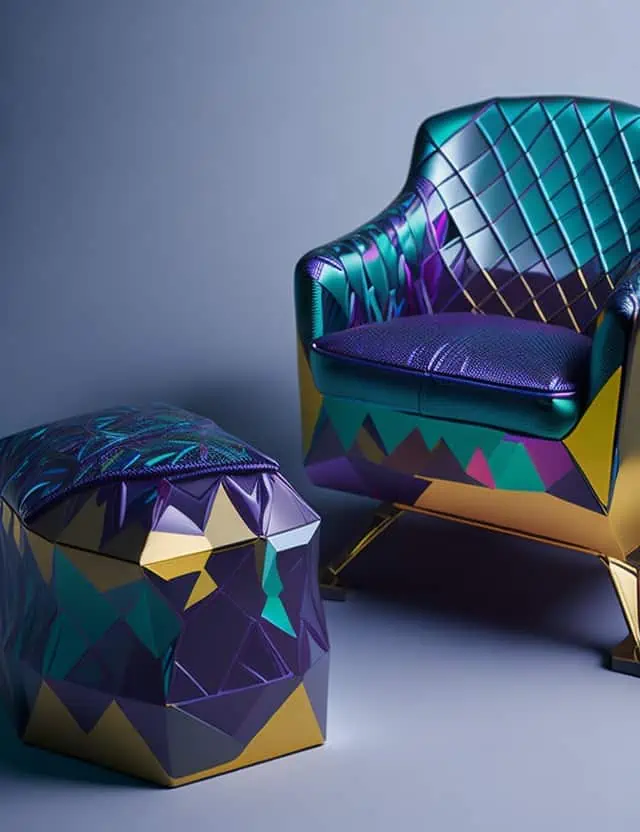
35. Upcycled Artistry
Designers could take upcycling to the next level by incorporating repurposed materials as the focal point of their designs, showcasing the beauty of sustainability.
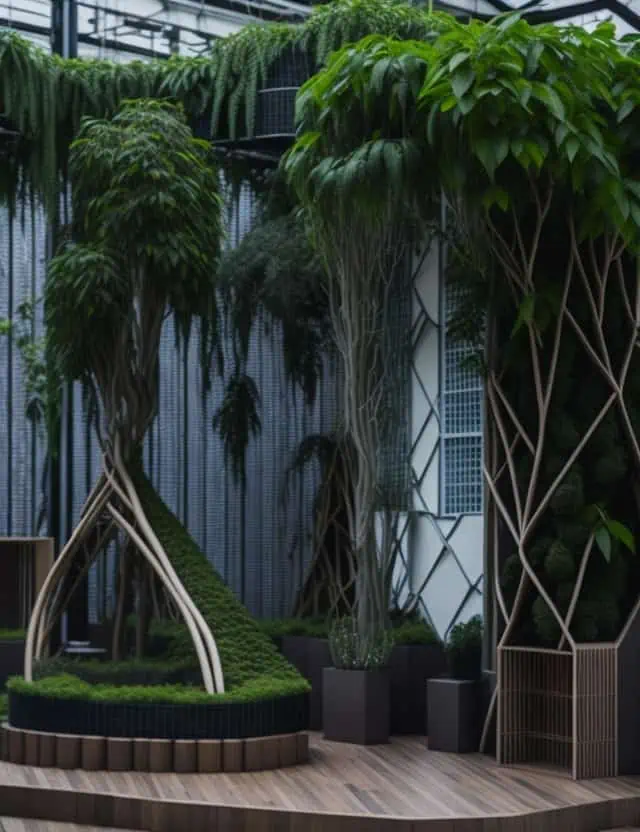
36. Biometric Art Displays
Artwork that responds to viewers’ biometric data, such as heart rate or brainwave activity, creating interactive and personalized visual experiences.
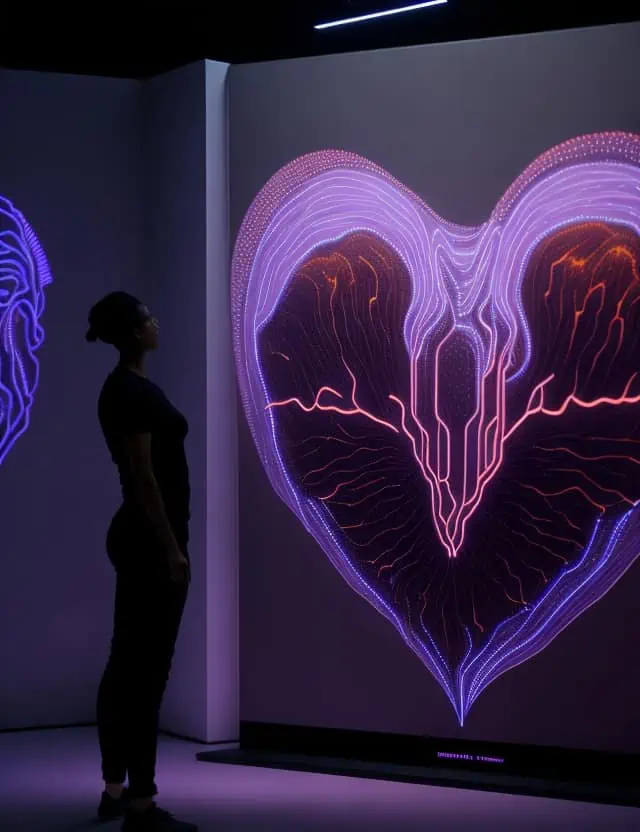
37. Oceanic Elegance
Drawing inspiration from the depths of the ocean, designs could incorporate iridescent materials, fluid forms, and calming aquatic color palettes.

38. Cosmic Inspirations
Space-themed interiors with celestial motifs, galactic colors, and designs that evoke the awe of the cosmos.

39. Urban Jungle Retreats
Urban spaces transformed into lush jungles with indoor vertical forests, hanging gardens, and natural elements for a tranquil city escape.

40. Steampunk Fusion
A blend of Victorian-era aesthetics with industrial elements, featuring antique finishes, gears, and vintage machinery transformed into functional décor.

41. Sculptural Ceilings
Ceilings as focal points, with intricate sculptural designs, suspended installations, or even 3D-printed designs that redefine the visual impact of a space.

42. Cognitive Color Schemes
Color palettes chosen based on their psychological impact, using shades that enhance focus, creativity, relaxation, or other cognitive states.

43. Interactive Flooring
Floors that respond to movement, generating dynamic patterns or visual effects as occupants walk or dance across them.

44. Neo-Deco
A modern take on Art Deco design, featuring bold geometric patterns, luxurious materials, and opulent details with a contemporary twist.

45. Fluid Architecture
Curvilinear designs that blur the lines between architecture and art, creating a sense of movement and flow throughout a space.

46. Cultural Retro Revival
Nostalgia for specific cultural design elements, merging retro aesthetics from different eras and regions into a harmonious blend.

47. Monochrome Drama
Entire spaces designed in a single color, using varying shades, textures, and materials to create depth and drama within a limited palette.

48. Architectural Typography
Incorporating typography as an architectural element, with walls, stairs, and furniture featuring letterforms and words as part of the design.

49. Floating Furniture
Furniture that seemingly defies gravity, giving the illusion of floating in mid-air through creative use of materials and supports.
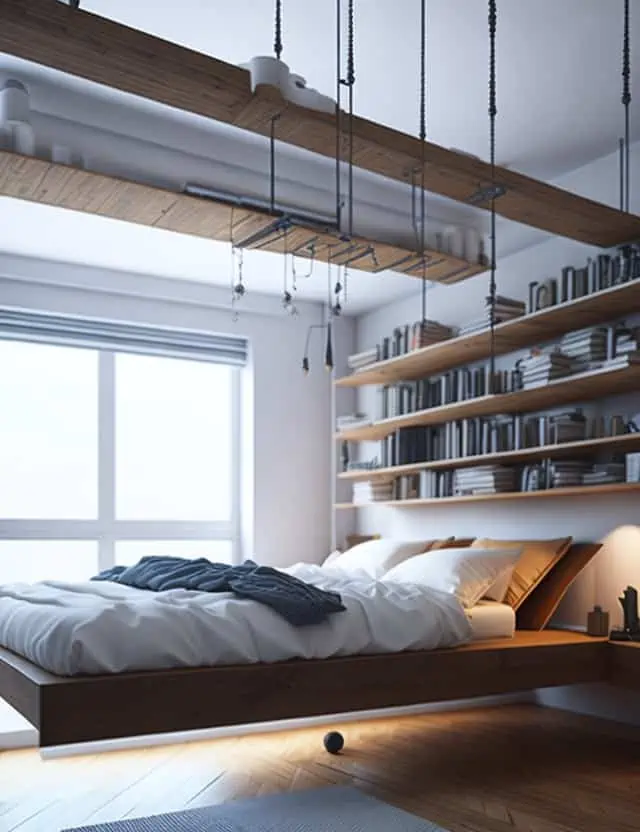
50. Reimagined Libraries
Home libraries transformed into immersive reading experiences with hidden alcoves, cozy nooks, and designs that celebrate the joy of reading.

Remember, these are speculative interior design trends 2025 and should be taken as creative ideas rather than guaranteed predictions.
Conclusion
The interior design landscape of 2025 is a captivating blend of innovation, sustainability, and personal expression. From biophilic design that reconnects us with nature to tech-integrated spaces that simplify our lives, each trend offers a unique approach to creating harmonious and functional interiors. By embracing these unique interior design trends 2025, you’re not only staying ahead of the curve but also crafting living spaces that truly resonate with your lifestyle and values.
FAQs
Q: How do I incorporate biophilic design into a small apartment?
A: Even in a compact space, you can introduce potted plants, a small indoor fountain, and natural materials like wooden furniture to create a connection with nature.
Q: What is some tech-integrated ideas for a smart living room?
A: Consider installing smart lighting that adjusts based on the time of day or using voice commands to control entertainment systems and thermostat settings.
Q: Can I achieve a sustainable interior without compromising on style?
A: Absolutely! Opt for furniture made from reclaimed wood, eco-friendly paints, and energy-efficient appliances that seamlessly blend into stylish interiors.
Q: How can I incorporate maximalism without overwhelming the space?
A: Start by selecting a bold color palette and mixing patterns within that palette. Add layers of textures and décor, ensuring each piece contributes to the overall aesthetic.
Q: What’s the key to creating a personalized sanctuary?
A: Incorporate elements that hold sentimental value, such as family photos, heirlooms, and cherished travel souvenirs, to infuse your personality into the space.
Q: Are dark interiors suitable for small rooms?
A: Yes, dark interiors can work in small rooms. Choose rich, deep colors and balance them with ample lighting, reflective surfaces, and strategically placed mirrors.
